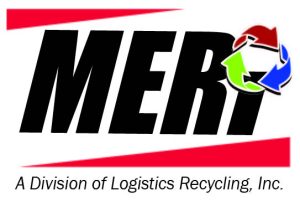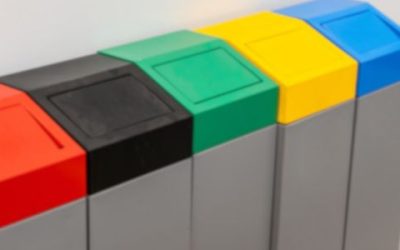
How did one medical center reduce its annual waste disposal cost by $19,000? It began recycling its surgical blue wrap, a material that wraps around surgical tools. Here’s how recycling your blue wrap can increase your sustainability efforts and save you money.
Blue wrap is a 99 percent polypropylene material. Surgical tools are put inside blue wrap after they’ve been used. They then enter an autoclave decontamination process that steams them, similar to a dishwasher. When the process is complete, these tools will remain sterile for up to a year.
But what happens to the blue wrap? Many medical centers, hospital and clinics pitch it with the rest of their medical or solid waste. In fact, in an Environmental Protection Agency bulletin, it notes the Nightingale Institute figures approximately 19% of the waste stream comes from surgical services is blue sterile wrap.
Keep Surgical Blue Wrap Separate
Yet, this blue wrap doesn’t have to join the rest of your infectious or solid waste in the landfill. Blue wrap is a recyclable material, meaning it can be picked up for a fraction of the cost while reducing its environmental impact – provided you keep it separate. Here’s how it works:
1. Wrap up and sterilize your surgical tools
Once you’ve finished performing a surgery, simply wrap your surgical tool kit in your blue wrap material, sterilize it, and store the kit for up to a year.
2. Dispose of your blue wrap into a separate clear plastic bag
When you no longer need your blue wrap, keep the following in mind. The entire system essentially hinges on separating out your blue wrap from the rest of your medical waste. The bag should contain only blue wrap or associated tape used to wrap the medical instruments. Here’s what you have to keep out of this bag.
That means NO:
- BODILY FLUIDS OR BLOOD
- SHARPS/NEEDLES
- HAZARDOUS MATERIALS
- INFECTIOUS MATERIALS
- CHEMICALS/GLOVES
- LIQUIDS
- RADIOACTIVE MATERIALS
Simple as it sounds, we find IV bags and other contaminants in these blue wrap waste bags all the time. That’s why success really comes down to educating your staff on proper blue wrap disposal. We recommend making it abundantly clear by hanging this blue wrap poster above any of your blue wrap waste containers.
3. Arrange to have it picked up by a waste disposal company that recycles blue wrap
If you’re a MERI customer, we’ll pick it up at the same time we collect infectious waste and send it to the recycling center. There, they’ll repurpose the blue wrap into various products, including the fiberglass that’s installed behind the bumpers of cars.
That means less waste going into landfills, helping to keep our world cleaner, and improving your sustainability record. Plus, because recycling is cheaper than disposing, it saves you money. It’s a win-win!
If you’re a medical clinic looking to improve your sustainability record and decrease your disposal costs, recycling blue wrap could be your answer. But remember, your efforts are only as good as your staff. Educate them on proper blue wrap disposal techniques, and both your clinic and the environment will reap the benefits.
Learn how to easily track, properly handle and affordably dispose your biohazard or infectious waste.



